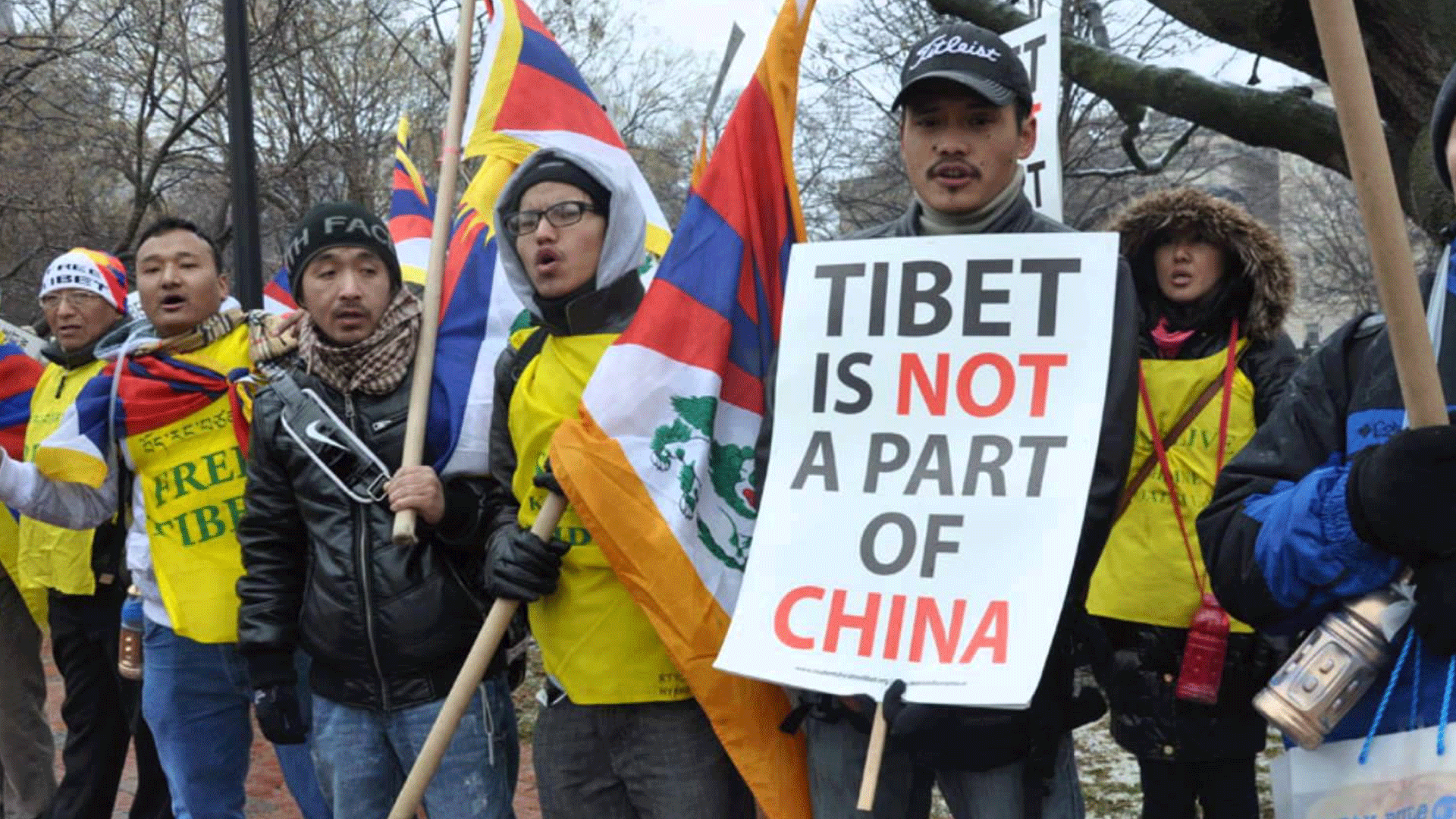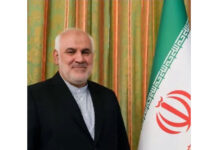NEW DELHI: Whatever China might do — attack neighbours, badmouth countries, sink fishermen’s boats or even fly medicines across a world crippled by coronavirus — the stain of the pandemic refuses to leave Wuhan, and China.
The more China tries to defend itself, taking the support of a most undiplomatic foreign policy, the more it gets caught in its own trap. The spotlight keeps coming back to where it does not want it to be — China’s treatment of people and human rights violations of minorities and ethnicities that are not Han Chinese.
Ousted from their land, Tibetans often find it difficult to get their voice heard under the oppressive might of China. As the big country attracts global attention to itself over its misdemeanors, the Tibetan community too finds an opportunity to highlight the human rights violations taking place in Tibet-the roof of the world.
The Tibetan Centre for Human Rights and Democracy (TCHRD), a Dharamsala-based organization recently released its ‘2019 Annual Report: Human Rights Situation in Tibet’ which documents China’s ruthless suppression of the Tibetan people and systematically eroding their cultural identity.
The report says that China launched a three-year nationwide political campaign in 2018 to destroy “black and evil forces” under which it has detained Tibetan activists for “inciting separatism”. Under the “Special Struggle Against Black and Evil Forces”, China has been detaining Tibetans even for practicing their religion and advocating the use of their mother tongue. The report says that even “Calling for the ‘middle way'” leads to arrests.
The communist country has been making extensive use of technology to suppress Tibetans and instill fear in them. The report adds that China has reduced foreign contact and flooded the region with facial-recognition software and technology. The communist country keeps a careful eye on digital spaces to find out and suppress potential protests against Chinese rule.
According to the TCHRD report, it is not just the common Tibetan who is being harassed; Chinese authorities are also using targeted surveillance to violate the right to freedom of expression and the privacy of journalists, bloggers, and human rights defenders.
On the cultural front, Tibetans are being forcibly estranged from their own language and culture. Under the guise of the “bilingual education” policy, China is replacing the Tibetan language with Mandarin Chinese as the medium of instruction in primary school. It is also resettling mainland Chinese people in Tibet, under the guise of economic initiatives, thereby pushing economic migrants from other regions in an effort to change the demographics of Tibet.
The TCHRD report says that all these measures have created fear and insecurity among Tibetans, who are fearful of even talking about the Dalai Lama.
The human rights report urges the international community to exert pressure on the Chinese government to open up Tibet for journalists, human rights monitors and UN rapporteurs. It also wants the UN and other agencies to put pressure on China to stop demolitions of Tibetan Buddhist institutions.
Among multiple demands, the report also wants China to withdraw repressive policies and practices including extra-judicial detention, political indoctrination campaigns and targeted surveillance of the people in Tibet.
It also wants the release of all Tibetans detained without charges in extrajudicial detention facilities, to stop the political indoctrination campaign and cease “residential surveillance at a designated place” and the use of “black jails”.
Whether oppressing Tibetans or mouthing scorn on foes, the spotlight refuses to turn away from the viruses of wet markets or Wuhan labs, or both. Meanwhile the Chinese Communist Party exhibits creativity in coining designer terms-‘Black and evil forces’, ‘Special Struggle Against Black and Evil Forces’, to legitimise its violations of human rights against the peaceful Tibetan community.







